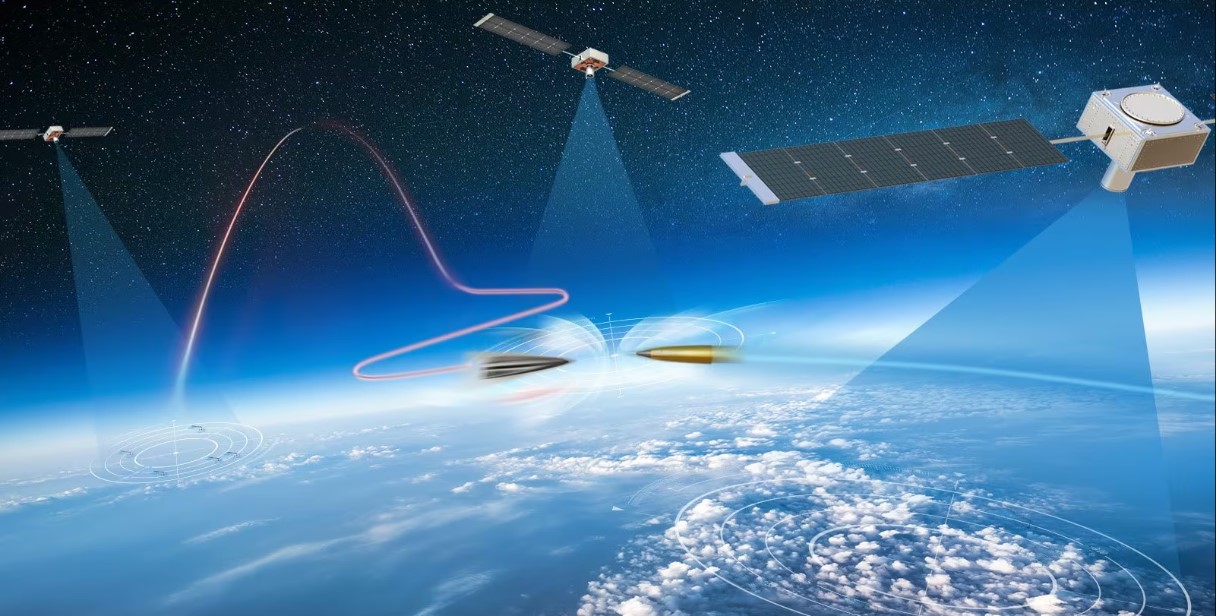Homeland Defense Interceptor Defeats Ballistic Missile in test

In the latest test conducted by the Missile Defense Agency (MDA), the Ground-Based Interceptor (GBI) designed for homeland missile defense successfully intercepted an Intermediate Range Ballistic Missile. Launched from Vandenberg Space Force in California, the GBI is a crucial component of the Ground-Based Midcourse Defense (GMD) system, specifically engineered to counter potential intercontinental ballistic missile threats from nations like North Korea and Iran. The majority of these interceptors are strategically positioned in underground silos at Fort Greely, Alaska.
The MDA emphasized that this test showcased the enhanced capability of the GMD system to engage threats more rapidly. The upgraded GBI used in the test featured the Raytheon-designed Capability Enhanced-II Block 1 Exo-Atmospheric Kill Vehicle (EKV), marking the first instance of testing a three-stage GBI operating in two-stage mode. In simpler terms, the third stage was deliberately not ignited, facilitating the earlier release of the kill vehicle and enabling closer range engagements.
The EKV is a critical component designed to destroy targets in high-speed collisions after separating from the booster rocket. The MDA, in its statement, revealed that the primary focus of the test was to assess the upgraded GBI ability to intercept a target in an expanded space made possible by the two-stage mode. Additionally, for the first time, sensor data from the Army Navy/Transportable Radar Surveillance Model-2 Forward Based Mode and an upgraded Sea-Based X-Band radar, both developed by Raytheon, were integrated into the test.
Lt. Gen. Heath Collins, the newly confirmed MDA Director, expressed satisfaction with the successful intercept, stating that it provides the Warfighter with increased battlespace, supporting additional shot opportunities to counter incoming threat missiles. The test also demonstrated the agency commitment to enhancing capabilities within the existing Ground Based Interceptor fleet while actively pursuing the development of the Next Generation Interceptor.
Several key players were involved in the test, including Boeing as the lead integrator of the GMD system and Northrop Grumman, responsible for integrating and managing weapon systems within the GMD system.
Looking ahead, the upgraded GBI is slated for deployment in the next GMD capability delivery, according to the agency. The MDA is currently engaged in a competition between two teams to develop the Next-Generation Interceptor, aiming to replace the current GBIs. The teams, consisting of Northrop Grumman and Raytheon, and Lockheed Martin and Aerojet Rocketdyne, are expected to progress through critical design reviews, with the goal of fielding the NGI by 2028, as outlined by the former MDA director, Vice Adm. Jon Hill. This comprehensive modernization effort reflects the evolving landscape of ballistic missile defense, ensuring the nation preparedness against advanced threats.


